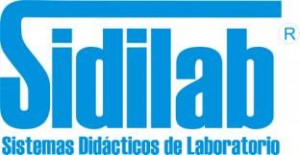Como novedad, este año, la prueba de respuesta múltiple se autoevaluará utilizando la App Kahoot. Por ello, cada alumno deberá traer a la prueba un Smartphone o Tablet con conectividad wifi con la app Kahoot instalada. La prueba se realizará inicialmente en papel y una vez recogida la hoja de respuestas se procederá a utilizar Kahoot.
Para que los alumnos puedan familiarizarse con su manejo, hemos incluido un enlace con un juego Kahoot de prueba con contenidos de Física de Bachillerato. El juego se llama «Pre-Olimpiada de Fisica de Asturias«. Se puede acceder al juego en modo «Challenge» con estos links:
https://play.kahoot.it/#/?quizId=fb428b61-04f1-40a8-8fcb-16bf4dfd695e
https://kahoot.it/challenge/0395950
O bien a través del la App de Kahoot con el PIN: 0796044



